Hospitality lighting serves to transform a stay into an experience
Hospitality lighting is the art of creating memorable experiences. In today’s hyper-competitive hospitality industry, using lighting to create long-lasting positive impressions is one way that leading brands separate themselves from the competition. Creative, effective and comfortable lighting in hotel lobbies, guestrooms, restaurants, bars, corridors, and meeting facilities will lend a pleasurable stay to visitors and guests, engage them in a variety of activities, entice them to return, and provide positive word of mouth references. From the welcoming atmosphere of a lobby to enchanting, relaxing guestroom lighting to the flattering glow of an intimate restaurant, recessed lighting is an indispensable component of a successful lighting scheme that contributes to an attractive, comfortable and functional environment.
The lighting design for a hospitality space is a complex exercise
The lighting design for a hospitality space usually consists of several discrete lighting systems or “layers”. Incorporating different types of lighting into a space gives visual interest to the space, maximizes the use of the space, and creates a more attractive, exiting and inviting environment. The three main types of light that is used to create a layered lighting scheme are ambient, task, and accent. The ambient layer of lighting provides general illumination to a room while creating atmosphere and setting the general mood. Tasking lighting ensures ample, focused light is provided to specific areas where a task needs to be performed. Accent lighting directs concentrated beams of light to create points of focus, reinforce design aesthetics, and heighten drama. In hospitality spaces such as guestrooms, ballrooms and dining areas, recessed lighting participates in building all these layers of lighting. Recessed downlights are also the workhorse of lighting in spaces that allow for only one layer of lighting, such as corridors and stairways.
Lighting must harmonize with the architecture
Recessed lighting is designed to complement the architecture. It rises to the challenge of creating architecturally integrated lighting that is inconspicuous, unobtrusive, yet effective and functional. Recessed luminaires such as directional spotlights and general downlighting systems are installed in virtually every nook and corner of a hotel to address the varied lighting needs. The lobby that introduces the theme of the hotel takes advantage of recessed lighting to maintain its architectural integrity while communicating to the guests the atmosphere provided for their stay.
Recessed luminaires provide low-glare light to bring task or general illuminance or add drama to the reception desk area, lounge, specialty stores, elevator lobbies, service area, restrooms, and other areas housed by the lobby. In a typical hotel room, downlights are mounted around the perimeter of the room or over the bed to provide accent and functional lighting. The ability of recessed lighting to maintain deep source regression for silent ceilings allows public corridors to be illuminated with a sense of tranquility and peace. Downlights provide uniform ambient and task lighting in ballrooms and multifunctional meeting rooms. Recessed lighting is used as a supplement to round off a balanced composition of light in restaurants and bars.
Design and construction
Recessed LED luminaires designed for hospitality applications come in an array of aperture, trim, housing, lumen package, beam pattern, and lighting control options. To provide a scalable offer, deliver application flexibility and facilitate future upgrade, LED downlights often incorporate a modular design of housing, trim and LED light engine. An LED downlight that inherits a conventional design typically includes a dedicated housing or frame. The housing is a metal barrier or enclosure that is often IC (insulation contact) rated for direct contact with thermal insulation.
In North America, IC rated recessed housings are classified into the Non-Airtight, Reduced Airflow, Chicago plenum, and Ultra-Airtight types. IC housings can be used for non-IC installations. However, non-IC applications typically use a steel tray commonly known as a plaster frame. LED downlights that have a dedicated housing or frame further include a light engine and a trim. The light engine comes with an integral LED driver or is powered by a remote driver. The light engine and trim are often designed as a package suitable for use in new construction, remodel or retrofit installations. Dedicated housings and frames, however, are cumbersome and costly. The trend in modem recessed lighting is to integrate the housing, light module and trim into a single unit which can be installed directly into drywall or a ceiling grid with its spring loaded retention tabs.
Integrated light engines vs. lamp-based systems
A recessed LED luminaire, be it of a conventional design or an integrated design, is usually built around an LED light engine, rather than a retrofit LED lamp.
In integrated systems that produce light in a fixed position, the light engine is completely integrated with the housing which also serves double duty as the heat sink. LED downlights that are designed with a dedicated enclosure or come with adjustable mechanism have a detachable light module which is commonly known as a light engine. Both integrated systems and detachably mounted light engines are designed in a way that the waste generated by the LEDs can be dissipated as efficiently as possible to maintain the LED junction temperature within safe operating limits.
Lamp-based LED downlights incorporate retrofit LED lamps such as MR16, PAR30, GU10 or A19 LED bulbs. Retrofit LED lamps, however, are often compromised in thermal performance because of the size constraint to the heat sink design. Inadequate thermal management can accelerate color shift and lumen deprecation, which results in shortened useful life.
Light source
Depending on the application different types of LED packages such as mid-power SMD LEDs, chip-on-board (COB) LEDs or high power LEDs are incorporated in hospitality recessed lighting systems. LEDs generate white light with either a blue or violet LED chip and a system of phosphors. The make-up of the phosphor down-converter and chip selection affect the resulting spectral power distribution (SPD). The SPD determines two measurable color attributes of a light source: the color rendering ability and correlated color temperature (CCT). Accuracy in the rendering of illuminated objects and proper selection of the appearance of light are important for hospitality lighting because the two color attributes can affect visual performance and subjective impressions about an environment.
Color rendering
Most commercial LED systems use blue-pump LEDs which boast a high luminous efficacy and, if necessary, a high color rendering index (CRI). The less efficient violet-pump LEDs are employed in applications where superior color rendering is the key consideration. To render illuminated objects in a pleasant and natural fashion, a minimum CRI of 90 is required. Moreover, the rendition of saturated colors is particularly important for hospitality lighting applications. A light source with the ability to render saturated colors allows people to look in their best. An R9 value greater than 25 is generally considered acceptable for hospitality lighting.
Color temperature
Hospitality lighting favors warm white light sources that exhibit a CCT in the range of 2700K to 3200K. White light having a more significant red component or a warmer tone is considered the most comfortable light. In dining areas, guestrooms, cafes and bars, lighting needs to create an intimate setting so that people can relax, recharge, and unwind. A warm white light source is reminiscent of the sunset or a flame. It enhances reds and oranges to make skin tones appear more flattering. The spectral composition of a warm white light source is less disruptive to the circadian rhythm of biological processes when compared with that of a cool white light source. These attributes justify the use of warm white light sources in hospitality spaces.
Dim-to-warm is a lighting control feature commonly found in hospitality lighting systems. A dim-to-warm product replicates the dimming characteristics of incandescent bulbs to enable a dynamic design of room atmospheres. Some functional areas within a hotel, such as conference rooms, require the use of light sources with a higher color temperature, e.g., 3500K, to keep the users of the space alert and motivated while still creating an intimate ambience. Regardless of the warmth and coolness of a light source, white light emitted from all luminaires within a space should be consistent in color appearance. To achieve color uniformity from luminaire to luminaire, the LEDs used in these luminaires must be binned to maintain a tight chromaticity specification.
Optical design
Recessed hospitality lighting systems are available in a variety of light distributions ranging from very narrow spot beams through wide flood beams to super wide ambient diffusion of light. These beam patterns are achieved with secondary optics such as reflectors, lenses and diffusers. Wide beam luminaires that are typically used for ambient lighting or hybrid ambient/task lighting use parabolic reflectors, hyperbolic reflectors, opal diffusers, or a combination of reflector and diffusers to distribute light. General downlighting systems also take advantage of the edge-lit design to produce completely homogeneous light in an ultra-thin light assembly.
Total internal reflection (TIR) optics are used in recessed LED luminaires to produce a tightly control beam of light for accent lighting. Directional lights are designed with a deeply regressed optical system. This prevents the direct exposure of the light source or the high luminance light emitting surface (LES) in the field of view.
In addition to high angle glare control, the aperture brightness must be kept within a comfortable level. The aperture brightness can be softened with reflector trims painted in a black or specular finish, or baffle trims which are ribbed to absorb and trap excess light.
Driver and control circuitry
Recessed LED downlights are equipped with constant current LED driver that runs off a dedicated voltage (e.g. 120V) or accommodates universal input voltages from e.g. 120 to 277 volts AC at 50/60Hz. A typical LED driver consist of circuits for power factor correction (PFC), switching power conversion, and output current and voltage monitoring and handling. Dimmable LED drivers may be required to interpret protocols like 0-10V, DMX, DALI, Ethernet or ZigBee signals a central dimming system or work with a phase-cut dimming circuit. As lighting becomes smart and connected, the driver may be built with capabilities to communicate with the environment, interact with an IoT platform, and provide sophisticated intelligence.

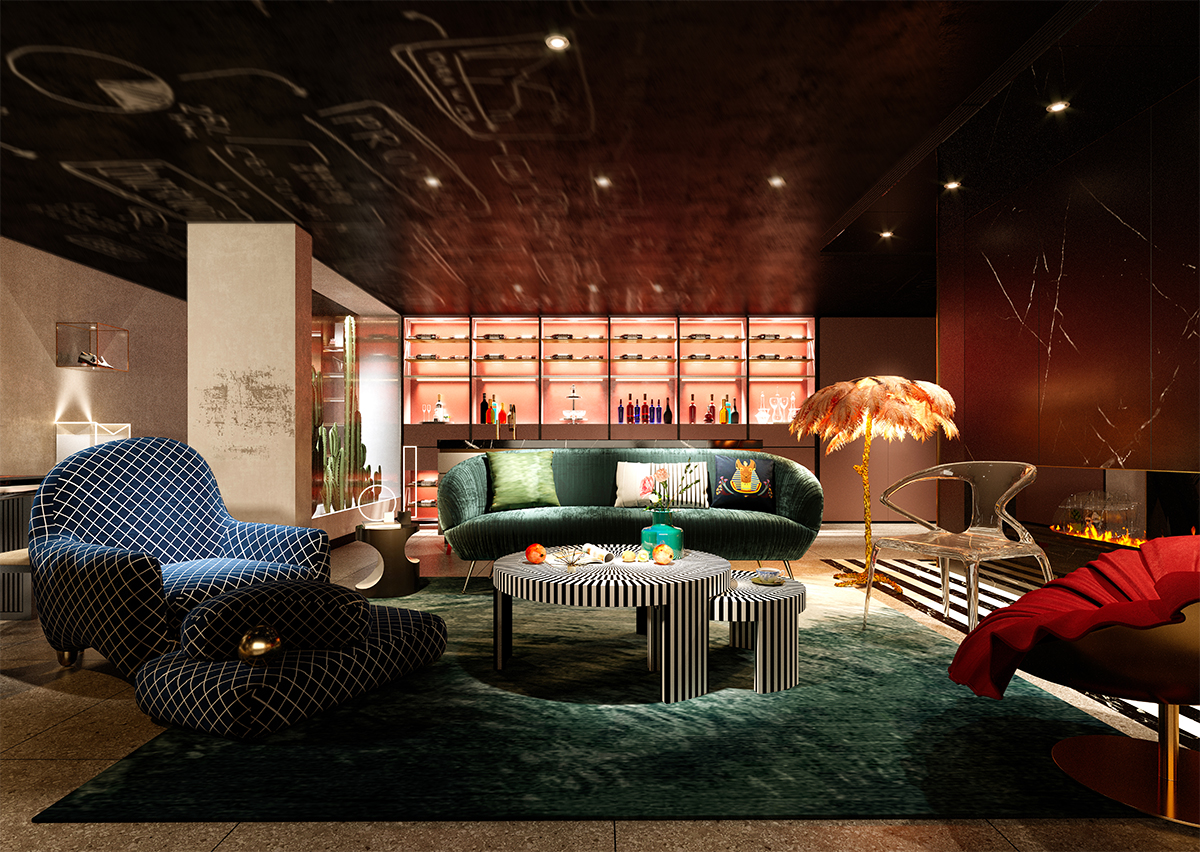

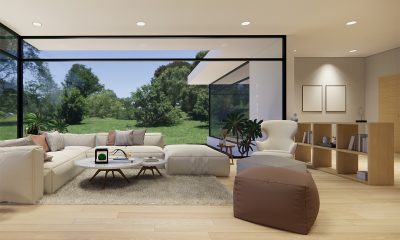
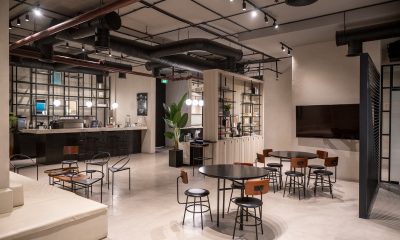
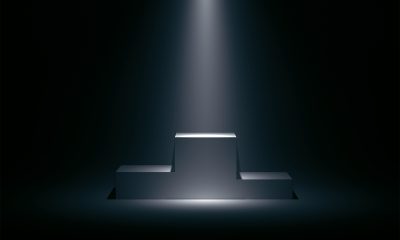

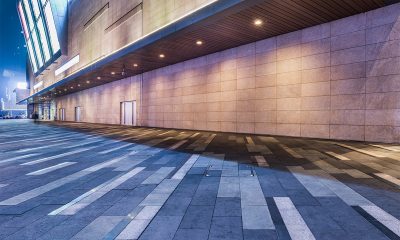
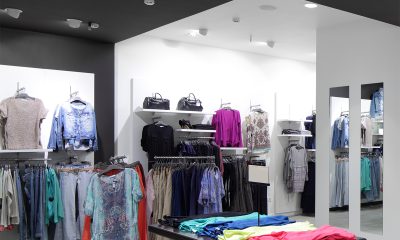
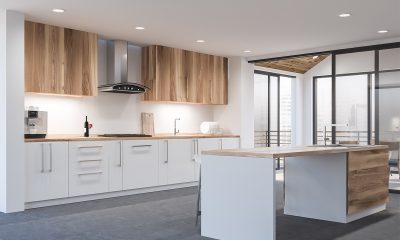
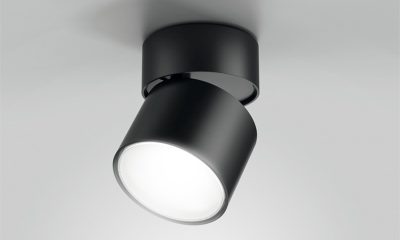
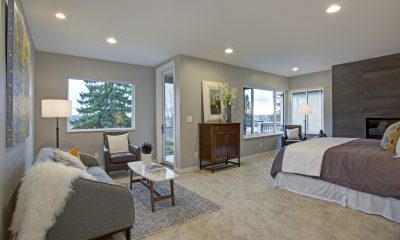
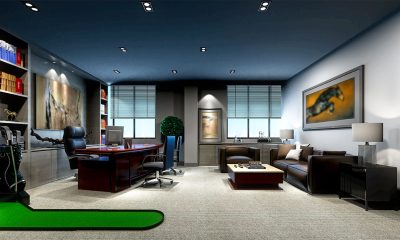
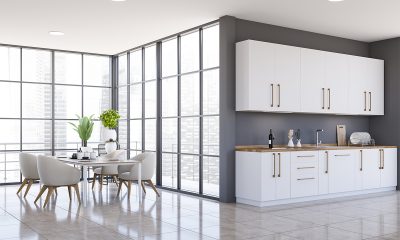





Loading...